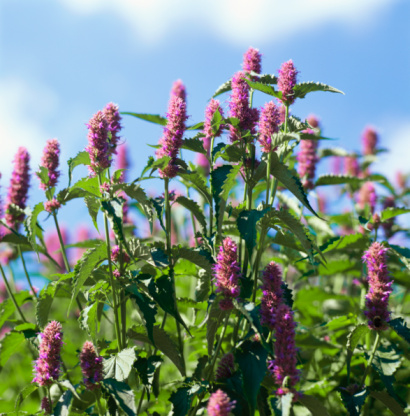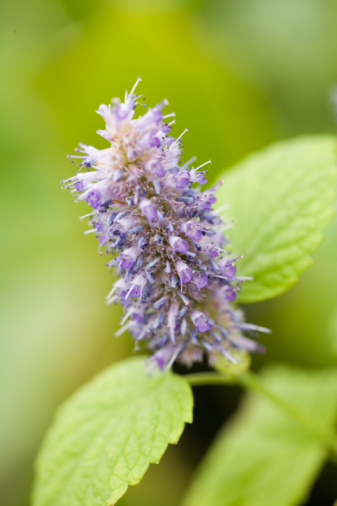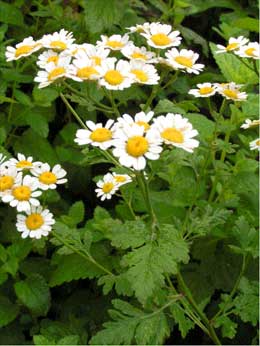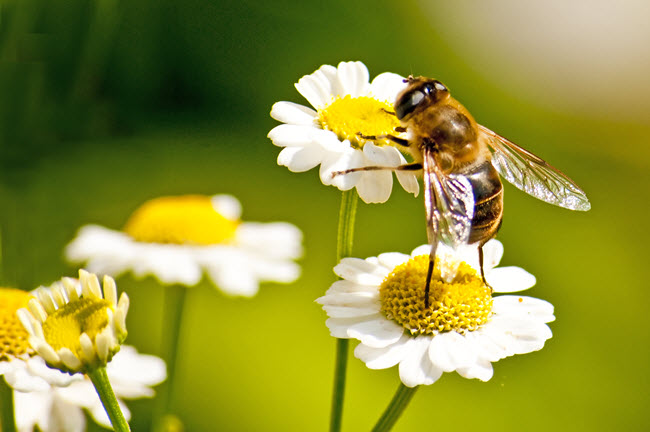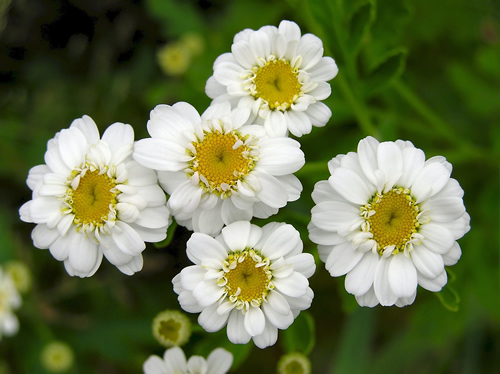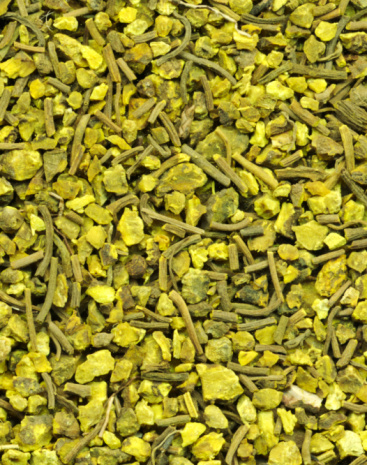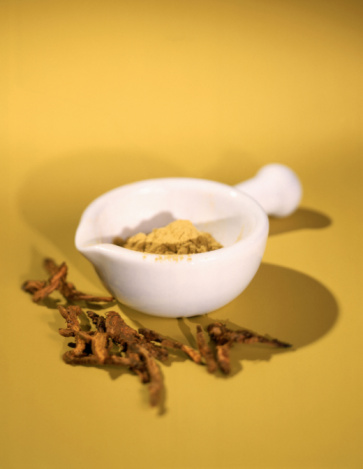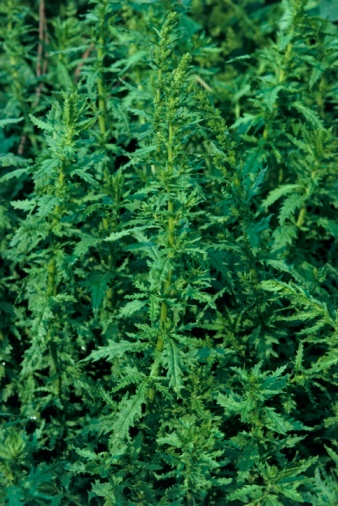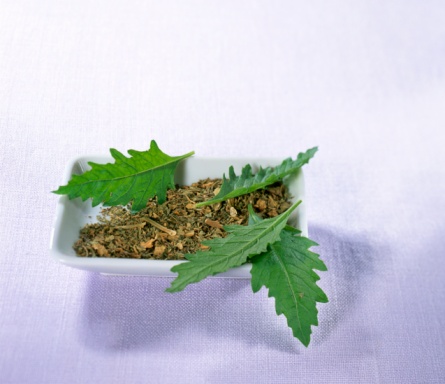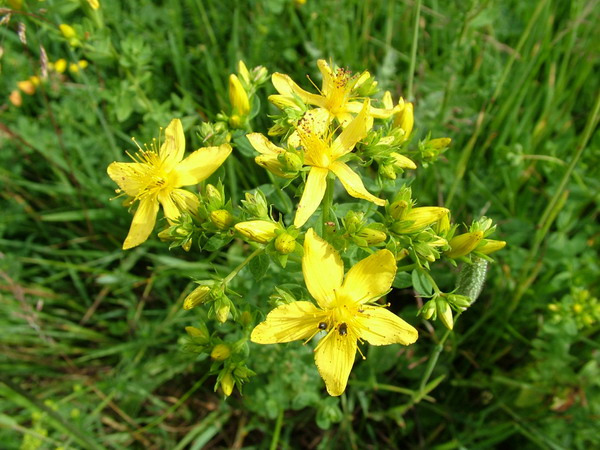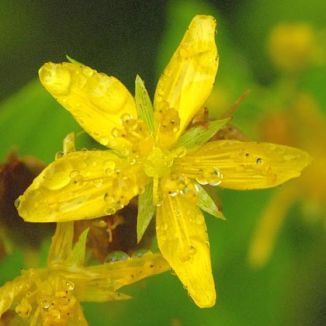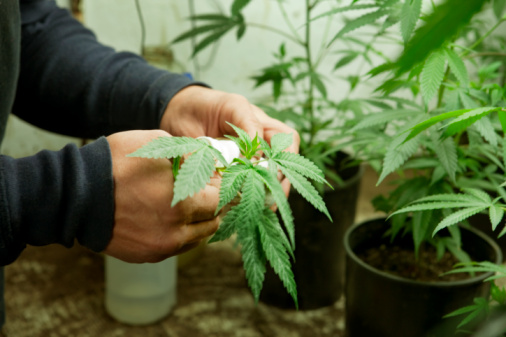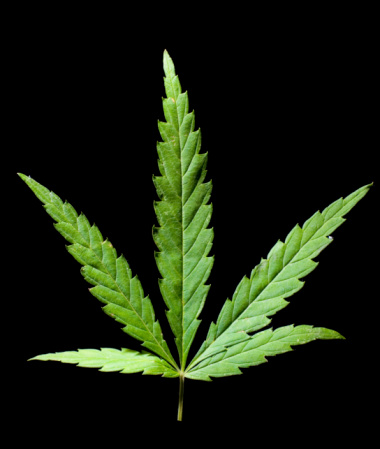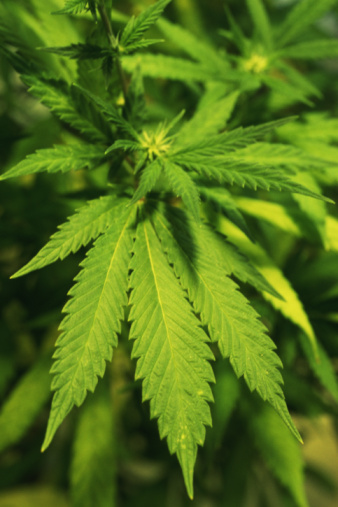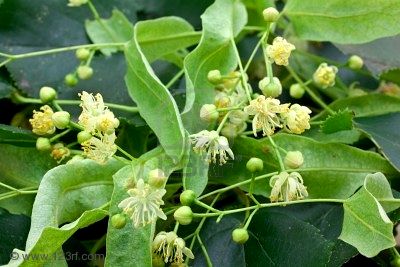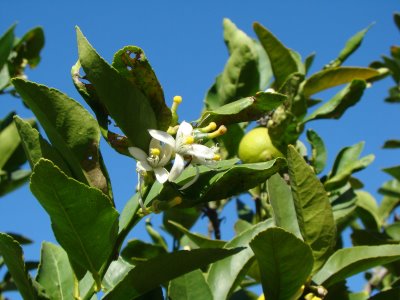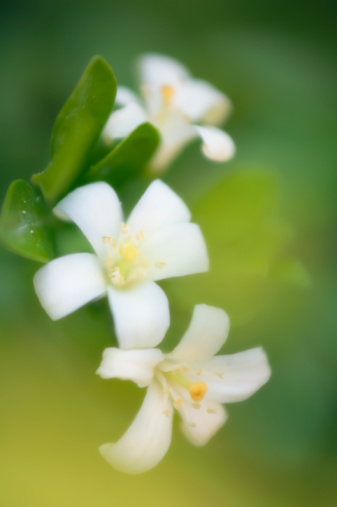Passion Flower Alternative Herbal Remedies
Where It Comes From:
The passion flower is a woody vine, which produces blooms with yellow centers surrounded by deep purple petals. It was named after the suffering of Jesus Christ during His crucifixion, by Christian missionaries arriving in South America in the sixteenth century. It has five sepals and five petals, which were said to represent the Apostles without St. Peter and Judas Iscariot.
The flower’s double row of colored filaments symbolized the halo around the head of Jesus, or the crown of thorns. Since the flower has five stamens and three styles that spread with flat heads, they symbolized the wounds and the nails of Christ, respectively. Finally, the tendrils of the vine represented the whips used to scourge Jesus in the house of Pontius Pilate.
Spanish Influence
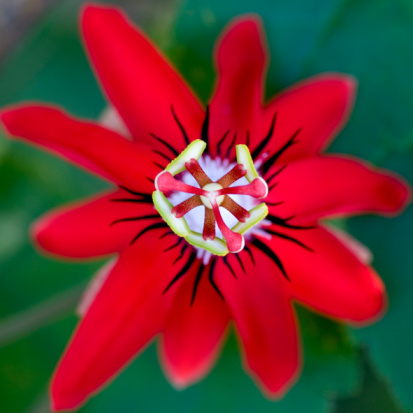 The Spaniards took the flower back to Europe, where hybrids were quickly cultivated because of the difference in climate. A Spanish doctor working in Peru noticed how the natives used the flower to cure certain symptoms, such as headaches, nausea, and insomnia.
The Spaniards took the flower back to Europe, where hybrids were quickly cultivated because of the difference in climate. A Spanish doctor working in Peru noticed how the natives used the flower to cure certain symptoms, such as headaches, nausea, and insomnia.
In Spain and the rest of Europe this news resulted in herbal teas that were said to calm and sooth fright and nervousness.
The flower’s scientific classification is ‘Passiflora incarnata’. In a single season, the vines can easily grow up to fifteen feet. The vines being blooming in July and they continue until the first frost.
After the first frost, the vine essentially hibernates through the winter months, but then suddenly comes back to life in the spring. This quality has earned it the more common name of Maypop, since it ‘pops’ out of the ground during the month of May.
Passion flowers are processed are made into tinctures, pills, extracts and teas, all of which should be consumed differently. The flower is crushed and either squeezed or dried in order to make a consumable product. Once the flower is processed, it can be shipped anywhere in the world.
Origin And History Of Usage
The ancient Peruvians and Aztecs used the passion flower for medicinal purposes. The passion flower reportedly was used as a sedative and pain reliever. When the Spaniards discovered the flower and brought it back to Europe, it developed a reputation as a calmer of nerves. The Europeans used it in homeopathic remedies for pain, nervous exhaustion and insomnia, especially insomnia related to neurasthenia or hysteria.
The passion flower has been rumored to cure other disorders, as well. In Europe, the passion flower has allegedly been used to treat bronchial diseases such as asthma, burns, inflammation of the skin, hemorrhoids, disorders due to changes in climate, and attention disorders and nervousness in children.
This herb works mostly for symptoms having to do with breathing or nerves, such as asthma and nervousness. The herb is said to calm the body significantly, enabling it to relax and recover from stressful circumstances. The calming effect is also said to help stimulate certain organs like the uterus in women. Mental overwork is a particular syndrome that the passion flower is said to be particularly effective in treating.
Known Variations
There are over five hundred species of passion flowers. All of them are grouped within the same genus, Passiflora. Each species has a unique characteristic, which is usually seen in the flower itself. All flowers share the same basic coloration, but in different species there are variations on that scheme.
For example, the Maypop passion flower, common to the southeastern United States where it is looked upon as a weed, has an entirely purple arrangement, broken only by the coloring of the stamen and styles. Other species have flowers that are entirely pink, or even white and yellow. Tropical passion flowers have much different colors and variations on their themes than passion flowers in the U.S.
A great way to tell passion flowers apart is by looking at their leaves. Note the shape of the leaf: is it oblong, lobed or serrated? Also pay attention to the color, size and texture. The size is usually measured in centimeters. Typical colors include deep green, light green or yellow-green. The texture of an individual leaf varies from a glossy, smooth surface to fuzzy or even rough leaves. Each of the species can be identified by comparing one’s observations with a reference manual or guidebook.
Who Uses It And How It Works
Passion flowers are both used for medicinal purposes and grown as a source of food. The vine produces pungent, tart fruits that are harvested and used to make juices and punches. For example, Hawaiian punch is made from these fruits. A list of ailments that the passion flower is said to cure is:
- nervous tension
- general anxiety
- insomnia
- stress relating to emotional or physical turmoil
- headaches
- pain
- inability to relax or calm down
The pharmacology of the passion flower is actually quite simple. The flower contains a mixture of alkaloids and flavonoids. The alkaloids, which are primarily harmalic in nature, inhibit the production of an enzyme, monoamine oxidase. This could very well account for the various pharmacological benefits that have been reported. Harmala alkaloids include harmine, harmaline, and harmalol and provide a tremendous benefit.
The flavonoids, on the other hand, affect the central nervous system as sedatives. These include:
- Vitexin
- Isovitexin
- Chrysin
- Orientin
Of these, chrysin is believed to be the primary affective agent. Chrysin acts by modifying the central benxodiazepine receptors in the brain; it does this through acting as a partial agonise. The precise sequence of events is not fully comprehended.
The flavonoids are thought to make the passion flower an effective anxiolytic that promotes relaxation, the release of tension and relief from anxiety and panic. This would also go a long way towards explaining why the passion flower is so good at relieving emotional distress and the resulting physical effects.
How It Is Used
Passion flower extract, tea and tinctures are the most common methods of administering the herb to patients. Currently, it is not available in the United States in pill form. In extract form, it has been said that passion flower delivers it’s strongest ‘punch’ in this form.
Tinctures have also been said to be very effective. Both of these methods, however, do not compare to teas. There is a reason why the teas were so wildly popular in Europe when the Spaniards first brought the flower from the New World.
Popular brands of passion flower extract and tincture include Nature’s Plus, Now, Solaray and Swanson Premium. Reviews of Swanson Premium are particularly positive. Customers report the passion flower taking effect in as little as fifteen minutes. They also extol the benefits of an all-natural supplement instead of artificial drugs such as Xanax, Valium or Valerian.
Practical Uses
In practice, passion flower is combined with other calming herbs most of the time, such as lemon balm. Passion flower amplifies the effects of other sedatives, so it should be taken sparingly. Passion flower products are available at most natural food stores as well as nutritional facilities wherever health concerns are part of the store’s mission.
Due to passion flower’s calming influence, it is often said that the herb is best when taking as a liquid. This allows the herb to enter the bloodstream and hence affect the neurochemistry of the patient more effectively. The calming effect will subdue over time, which is why it is necessary to continue taking passion flower until the disorder ceases or until more substantive treatment can be made.
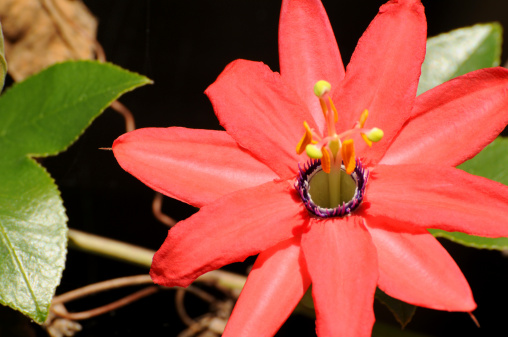
In practice, this means that teas are the best way to take passion flower, as noted above. Passion flower teas are produced by Herbal Gardens of South Florida, Celebration Herbals, and Now Foods among other makers of herbal products.
Passion flower teas are best when served hot, as the heat mixes the passion flower blossoms in with the tea leaves, creating an exquisite taste that stimulates and relaxes the nerve endings on the tongue.
Many people report feeling relaxed immediately upon drinking the tea.
Proven And Unproven Claims
Herbs face a tough crowd from the mainstream scientific establishment. Scientific testing tries to find one specific instance of an herbal remedy producing a genuine effect, but usually it finds none. That being the case, many thousands of people report experiential relief from consuming passion flowers, whether in extract, tea or tincture form.
Of the tests that have been done, passion flower has been shown to provide relief from symptoms of two major medical conditions: congestive heart failure and agitation, anxiety and insomnia. Both forms of disorders did not perfectly recede after administering the herb, but the effects were noticeable.
Human trials support the claims of benefits from the use of passion flower in both conditions. Patients experienced relief from shortness of breath and exercise difficulties resulting from congestive heart failure. In addition, patients also experienced relief from muscle tension. Passion flower is not known to relax the heart muscles in any way, but the herb may play a larger role in the recovery of these patients than is currently realized.
Anxiety & Other Disorders
When applied to anxiety disorders, this is where the history starts to conflict with scientific observation. There are apparently unknown factors at work in these situations; in scientific testing, the results from applying passion flower to cases of hysteria, anxiety and chronic nervousness were inconclusive.
Passion flower has been reported to be effective in cases of seizure, ADHD, ADD, nervous stomach and other mental and gastrointestinal difficulties.
Dosage
When taking passion flower, the dosage must be monitored carefully. This is because the herb contains properties that can depress the central nervous system. This can slow the breathing and heartbeat of patients. If this is allowed to continue, the patient could suffer a coma or even die. Therefore, passion flower has to be taken in moderation.
It is especially dangerous to combine passion flower with additional sedatives. The passion flower will greatly enhance the effectiveness of any additional sedative in the patient’s system. This could lead to CNS depression, or even more severe effects. Do not take passion flower with any other sedative.
There have been no studies done that document the effects of passion flower on children. Do not administer passion flower to a child without the supervision of a doctor. If a doctor is present, adjust the recommended dosage for adults based on the child’s weight.
Children Dosage
On average, the weight for a human adult that is used to calculate dosages is one hundred and fifty pounds, or seventy kilograms. Say the child in question weighs fifty pounds. Since fifty is one-third of one hundred and fifty, the dosage should be one third that of an adult’s.
For adults, these are the recommended dosages:
Tea: About one teaspoon of dried herb in one cup of boiling water for ten minutes. Strain the liquid and cool it. For taking care of anxiety, drink three to four cups daily. If the patient wishes to treat insomnia, drink one cup of passion flower tea an hour before retiring to bed.
Fluid extract: About a one-to-one ratio in twenty-five percent alcohol. Take ten to thirty drops, three times per day.
Tincture: About a one-to-five ratio in forty-five percent alcohol. Consume ten to sixty drops, also three times per day.
Legal Status
Passion flower was banned as an over-the-counter product by the Food and Drug Administration in 1978 because of inconclusive studies about its effectiveness. At the same time, it is officially classified as ‘generally recognized as safe’, which makes it legal in the United States in forms other than pills. In Germany, passion flower is officially sanctioned as a legitimate alternative to pharmaceutical drugs by Commission E.
Side Effects
When orally consumed in large amounts, passion flower is dangerous because of the depressive effect on the central nervous system, as noted above. There are other possible side effects, as well.
Dizziness, confusion, irregular muscle action and coordination, altered consciousness, and inflamed blood vessels have all been reported as side effects. Abnormal heart rhythms and nausea have even been reported. These symptoms are probably the result of allergic reactions.
Passion flower does have the potential to interact in adverse ways with other substances.
Sedatives are drugs that are designed to cause sleepiness. Due to the calming effect of the herb, passion flower will likely make the effects of sedatives stronger and more powerful. Affected sedatives include:
- Anticonvulsants like phenytoin, also known as Dilantin
- Barbiturates
- Benzodiazepines like alprazolam and diazepam, marketed as Xanax and Valium, respectively.
- Insomnia-combating drugs, like Ambien, Sonata, Lunesta and Rozerem
- Tricyclic antidepressants, for instance Elavil, Sinequan and Pamelor
Antiplatelet drugs and anticoagulants, also known as blood thinners. Passion flower increases the time needed for blood to effectively clot. This makes the effects and power of blood thinning medications stronger. This is deadly for certain people, especially those suffering from hemophilia.
Drugs affected in this way are Plavix and Coumadin.
Older Drugs
Monoamine oxidase inhibitors are an older group of antidepressants that have fallen out of mainstream use. On the theoretical level, passion flower could increase the effects of these drugs, as well as the side effects. Some of these drugs were discontinued because of adverse side effects, so passion flower combined with these drugs could be very dangerous.
They are chiefly Marplan, Nardil and Parnate.
Where To Find It
Passion flower is widely available in the United States and Europe. Wherever passion flower is grown, chances are that there is an herbalist who knows how to use it therapeutically nearby. In terms of actual product costs, passion flower is pretty cheap.
The typical cost for a bottle of passion flower tincture ranges from six to ten dollars, plus shipping and taxes. Tea boxes are a little wider in terms of range; they can go for as little as one dollar per box to as much as thirteen dollars per box. Finally, for extracts, anywhere from six to twelve dollars per bottle is the norm.
Online retailers as well as major supplement chains carry supplies of passion flower in all its forms.

